Off-grid living: how big does your renewable energy generation system need to be?
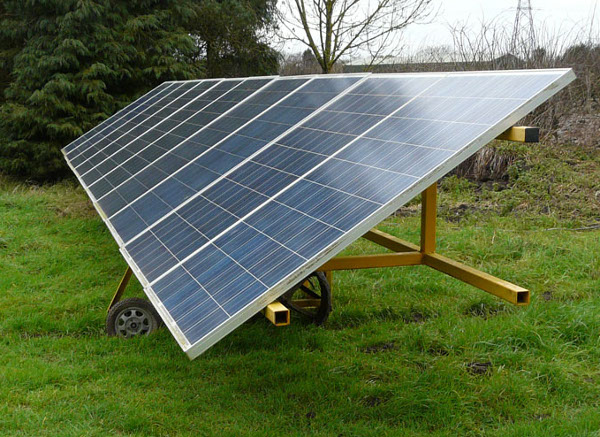
Our friend Andy is determined to be self-sufficient in energy should there be a collapse of the National Grid (and / or societal collapse), and has maintained a wind and solar electrical system with a bank of second-hand forklift batteries for 25 years. More people are becoming interested in this kind of set-up and in off-grid living generally. We’ll be featuring more of Andy’s videos on how live off-grid. Here’s an introduction to his renewable energy system, and below are his thoughts on the size of system you might need. Over to Andy
——————————————————————————————————–
Those of you who have been paying attention will have noticed a few things in the solar solstice video signposted in the LILI blog on the 30th December last (our experience of generating our own electricity for 25 years). The primary one being that there are plenty of solar panels, but the generation was not exceptional. Therein lies the main thing with renewable electricity generation, namely that the system should be able to cope with most of the weather scenarios thrown at it. It is for this and historical reasons why we also have a turbine and the video shows how the two systems complement each other.
When recently running a solar course this question came up and a general broad brush answer was that there is no such thing as too many solar panels. Now this statement is clearly ambiguous, but taken logically it means that if you have the space to fit panels, then the extra generation will help with power in winter.
Throughout the year the height of the sun changes (at the extreme risk of stating the obvious) except on the equator, and the further away from the equator the greater the variation. As we all have observed in winter the day length is short and so the duration of possible generation is equally short. As the year progresses this duration increases up to the summer solstice, but the height of the sun is not the only thing that affects generation. In winter the sun has to pass through considerably more atmosphere to reach your panels, which increases the possibilities of light being deflected by all the muck and particulates floating around within it.
This then explains why with an installed capacity (amount of panels) of somewhere in the region of 9000 watts (9Kw) we were only getting 1250 watts (1.25Kw). I have loaded a introduction video to a new video series showing how the seasons effect the generation of our system. This is an attempt to show what it is like to rely on home generated power including side issues, improvements and general explanations.
This complements my book, Wind and Solar Electricity, and in this first video it shows the extent of the system.
In the solstice video the turbine is making a contribution and the evening clip brings home the obvious fact that turbines can generate all day and night if the wind is favourable. Factors concerning wind turbines are extremely varied and such things as site, height, near neighbours, and topography all have an effect. They are also more expensive to install and control. We have a turbine because we have always had one, and our site is favourable, but I can understand why people choose solar as an easier option.
As the solstice video is taken at midday then the lowish output it is a combination of atmospheric filtering and the hazy sunshine. Day length would affect total generation in anyone day not at any specific point. The upshot of this is that in winter it is likely that there will be periods where solar generation is insufficient, and in summer far too much, so what do you do about it?
-
Apply the Reynolds first rule of solar generation, there’s no such thing as too many solar panels. The price of these has reduced dramatically, so they are affordable as long as you are careful and avoid the temptations and bribes of the consumer industry. These try to divert you hard gained cash into non durable side issues like new phones, holidays in the sun, new kitchens. I could go on for several pages, but I won’t because you get the idea.
-
Make sure that any panels you have as much un-shaded light as possible and if you are capable build a tracking system that enables the panel array to follow the sun during the day. I have built several tracking systems, one based on the tradition post mill with a centre pivot, and another with a pivot at one end like a gate (that is 10m long – see main images and images below). It’s not difficult and the thing to remember is that the array follows the time not the sun, so a simple adjustable interval timer is used to control these. There are videos on making these if you go to my you tube play list:
Here’s the channel page
-
There are various issues about panel angle. To get the best output it is important for the panels to face directly into un-shaded sun, so don’t listen to people who say that there are special (expensive) panels that generate in shaded conditions. All panels will do this but at very low output levels. I winter because the sun is lower in the sky you could change the panel angle for a steeper one, but the panels need to be quite flat under clouded conditions as the light is diffuse and reflected through the cloud layer. My opinion is that you are better off mounting the panels about 30 degrees (from the horizontal) as there is less direct sun in winter and this angle suits summer.
-
Install a suitable charge control system to prevent battery over charging. These can work in several ways from diverting or shutting the power off to maximum power point tracking. These issues will be covered later in another blog and video.
-
Install a wind turbine for reasons covered earlier. My view at the moment is that for home use several small units (2 mtrs diameter) are easier and cheaper than the larger one we have ended up with. It is a weird and wonderful tale, but that’s because we have been involved with this technology for several decades, since the last century.
-
Have a good reliable backup system to prevent over discharge of your batteries and a way of monitoring the battery condition. Amongst other methods that will be covered over the following months, we have a digital volt meter in the kitchen that shows true battery volts so we can easily keep an eye on the variations. Where mains power is available then a quality battery charger will be sufficient as a bck-up, but in an off grid situation a generator is required. The latter requires a greater level of engagement and investment, and it is important to understand that a backup system is not an add-on but an integral part of the system.
Again I will be covering many of these issues in the months to come as well as showing how the system is behaving and any of the planned improvements that come to fruition.
Cheers
Andy
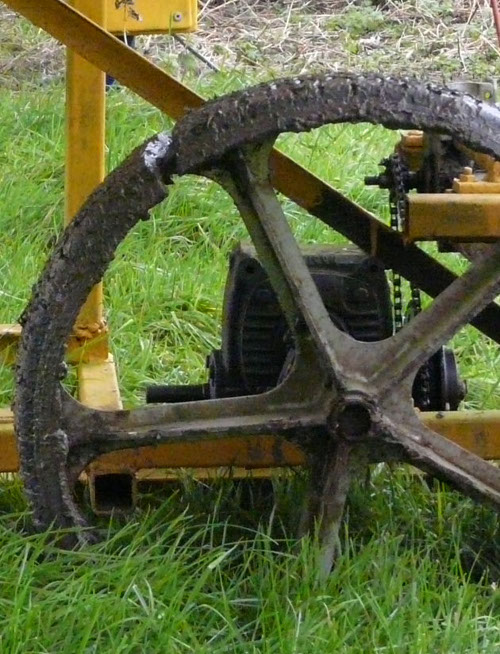
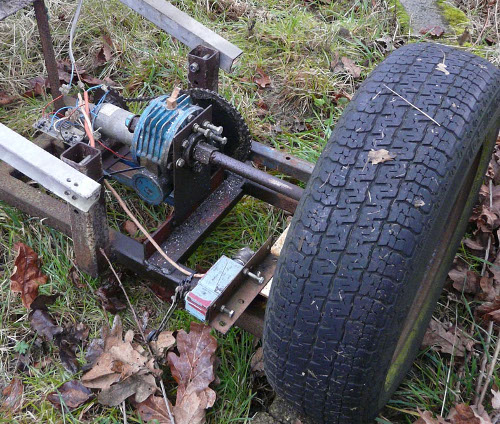
![]()

The views expressed in our blog are those of the author and not necessarily lowimpact.org's




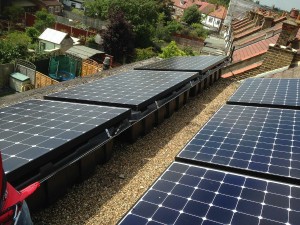 Low-impact & the city 3: our solar pv system is one year old – how’s it performed?
Low-impact & the city 3: our solar pv system is one year old – how’s it performed?
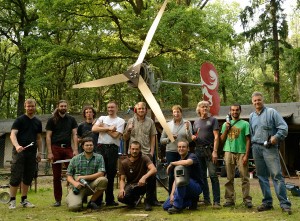 How do you fancy building your own small wind turbine?
How do you fancy building your own small wind turbine?
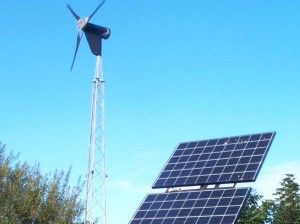 Our experience of generating our own electricity for 25 years
Our experience of generating our own electricity for 25 years
 Water and space heating from photovoltaics (or wind) using a grid diverter
Water and space heating from photovoltaics (or wind) using a grid diverter
 How I came to write the third edition of ‘Wind & Solar Electricity’
How I came to write the third edition of ‘Wind & Solar Electricity’
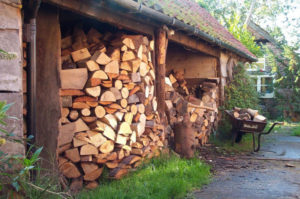 Why self-reliance is so important as part of a secure, low-impact life
Why self-reliance is so important as part of a secure, low-impact life
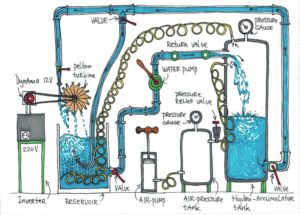 The great Human Power Plant experiment: an update
The great Human Power Plant experiment: an update
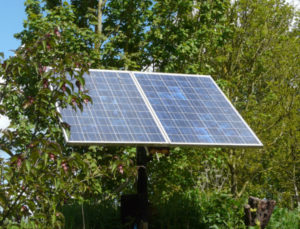 How to use solar power in woodlands and on woodland smallholdings
How to use solar power in woodlands and on woodland smallholdings
 Batteries
Batteries
 Low-impact energy
Low-impact energy
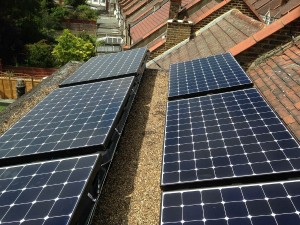 Solar electricity
Solar electricity
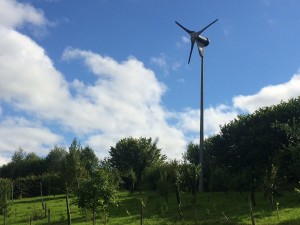 Wind generators
Wind generators


